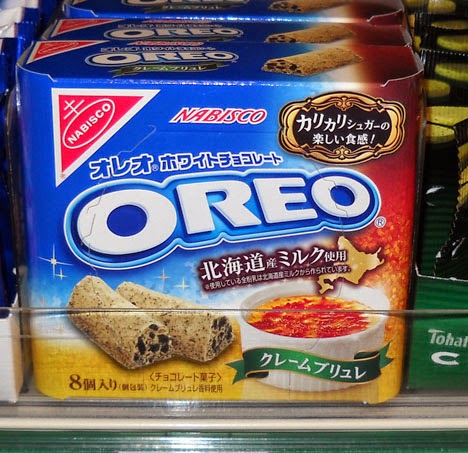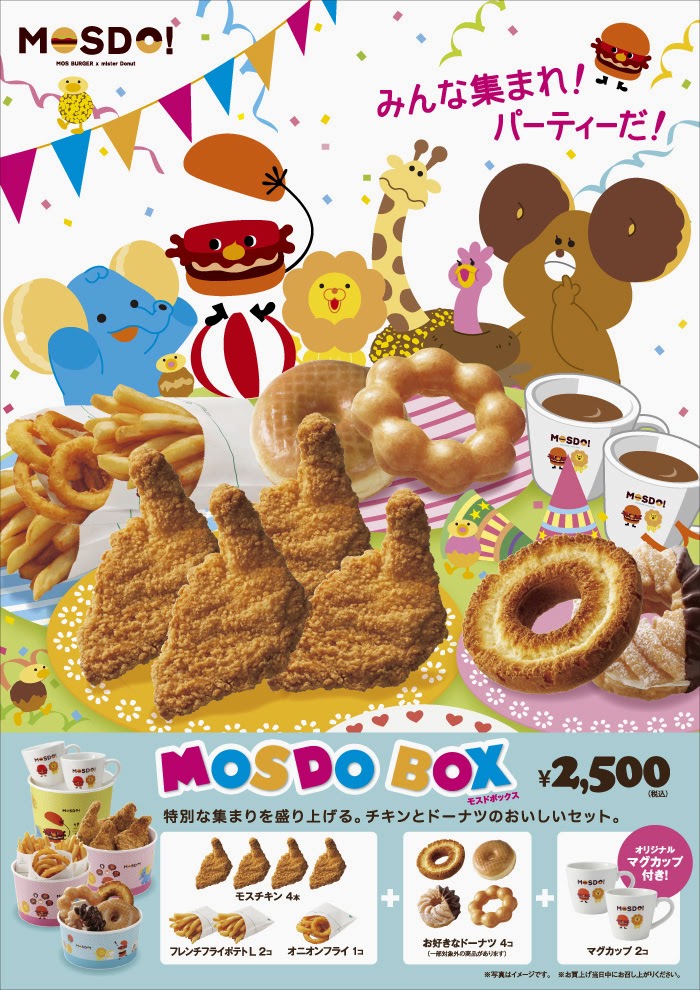I've often thought that it would be cool to work for the art department of a snack company. You can come up with all sorts of kooky mascots for equally kookily (not actually a word, I know) named products. I'm sure someone sat around frowning in concentration to come up with a banana that is kicking into the air at an invisible soccer ball when pondering this bag's design.
The "genuis" of this design isn't the anthropomorphic 'nana. No, that was easy. The hard part was deciding his attire, and, I'm sure, if he might have been a scandalously nekkid banana. I'm sure there was much more frowning and thinking as the designer came up with a little word association to think of what to do besides put on a flirtatious and energetic-looking banana. You could imagine him saying, "hmmm... hmmm... (though likely he said "hmmm..." in Korean since this is a Korean product)... bananas... banana split... banana boat... banana peel... bananas shake... bananas and... bananas and monkeys! Yes, who doesn't associate monkeys and bananas? So, we've got a monkey. Why would a banana hang out with a monkey? Well, he must be on safari. Yay! Ideao acquired!
Now that I've gone through the sophisticated creative process, I'm far less certain of the cool factor of working in the art department of a snack company. Perhaps it would be better to design the flavors or food varieties, but that's a post for another time. I've procrastinated long enough and it's time to talk about the actual food contained within the bag.
I bought these because, frankly, they sounded awful. I picked them up at a Korean market for about a dollar and I did it because it was too strange not to. It's not strange because it's banana, but rather because it's a banana salted snack puff. We don't tend to put fruit flavors on our puffs here, so this seemed like a chance to try something quite different.
I assumed this would be sweet, and I'm not exactly a stranger to sweet corn puffs after living in Japan for awhile. It is sweet and has a strong, but not particularly fake, banana flavor. The puffs themselves are super light and crispy. I've had this bag sitting around for more than 2 months, but it stayed fresh (shockingly). That being said, the date was July 11, 2014, so I beat the expiration. Of course, it was sealed.
The banana aspect of these reminds me a great deal of the type of banana chips that are shellacked with sugar on the outside and that people eat because they are supposed to be healthy. There is also an undercurrent of basic corn puff flavor. This could be a cereal, except that it is sweeter than even something like Cap'n Crunch.
The first ingredient in this is corn flour followed by sugar, rice bran oil, banana powder, palm oil, skim milk powder, artificial flavor, salt, lactose, egg white powder, and turmeric (no doubt for color). It's no shock that these are so sweet given that sugar is second on the list. They are surprisingly not so fattening. The entire bag (45 grams or about 1.5 oz.) is only 190 calories. For a salty treat, that's not bad.
These are not bad really, but it is too sweet for my tastes. I was never a fan of banana chips in general, but I could see this really appealing to someone who loves them. Not only does it tastes like them, but these are more fun to eat due to the light texture. They're very close to being something I like, but ultimately, just too sweet to merit a "happy" rating.

































